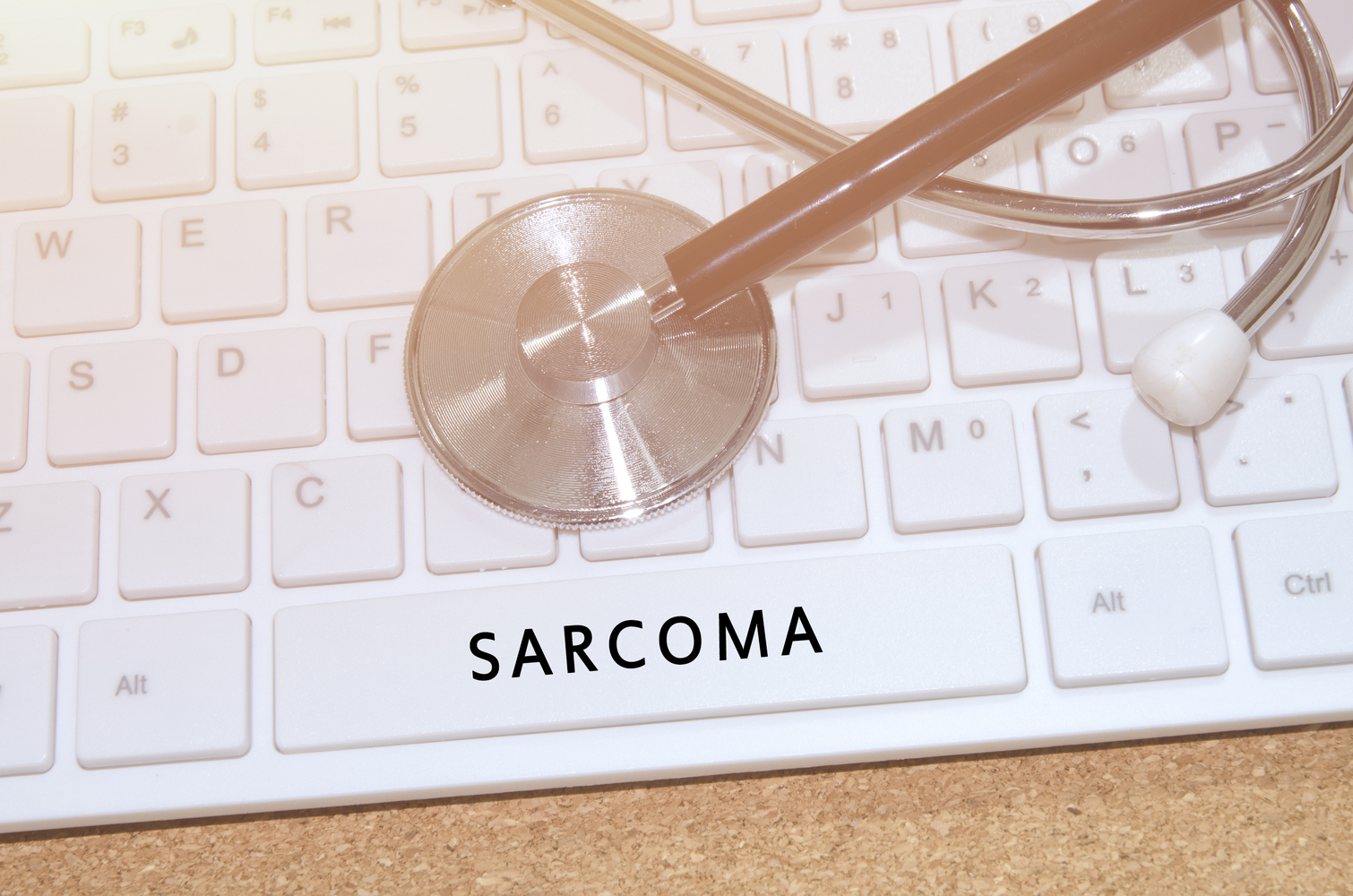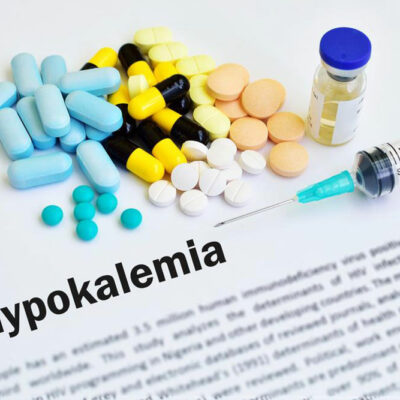
Kaposi’s sarcoma and its types
Kaposi’s sarcoma is a type of cancer that develops in the cells that line the lymph nodes and blood vessels of the body. It is caused by the Kaposis sarcoma-associated herpesvirus (KSHV) or human herpes virus, which is present in tumors on the body. These tumors manifest in the form of lesions or dark red and purple blotches on the skin of the genitals and anus, and they can also be found in mucosal areas like the mouth and nose.
The condition does not show any other symptoms, although some blotches on the legs can swell and become painful. These lesions can also form internally, like in the gastrointestinal tract and other organs. It is a type of cancer that progresses slowly and is not fatal in most cases, but it can become life-threatening if lesions in the lungs cause breathing difficulties or if the tumors in the digestive tract cause bleeding.
This is considered to be a condition that defines the progression of AIDS in HIV-positive patients. It is a type of cancer that develops commonly in AIDS patients, but it is not limited to the patients of AIDS only. A person can be perfectly healthy otherwise and can still develop this type of cancer.
Types of Kaposi’s sarcoma
- Epidemic Kaposi’s sarcoma – AIDS-related : Kaposi’s sarcoma, as mentioned earlier, develops in people infected with HIV, or the human immunodeficiency virus. Just the presence of the HIV virus in the body does not mean the person has AIDS, and the virus can remain in one’s body for years without progressing. However, if it has progressed, it means that the person’s immune system has taken a severe blow, and the weakening of the immune system allows other infections like Kaposi’s sarcoma to manifest and spread. This is the most common type of the disease in the country.
- Classic Kaposi’s sarcoma – Mediterranean : This occurs in older people, more commonly in men than in women, of Mediterranean, Eastern European, or Middle Eastern descent. It shows up as lesions on the legs and feet as well as in the linings of the mouth and digestive tract. This type progresses slowly as compared to the other types of the disease. This is because the patients do not have a severely compromised immune system, as in the case of people with HIV-associated Kaposi’s sarcoma.
- Endemic Kaposi’s sarcoma – African : This type of Kaposi’s sarcoma mostly affects people of the Equatorial or Sub-Saharan African regions. This type most commonly affects people under the age of 40. Endemic Kaposi’s sarcoma was the most common type of the disease in Africa until the spread of AIDS, which also saw the manifestation of Epidemic Kaposi’s sarcoma.
- Iatrogenic Kaposi’s sarcoma – Immunosuppression related : This occurs in patients who have had an organ transplant and have been administered immunosuppressive medication to allow the body to accept a new organ.


